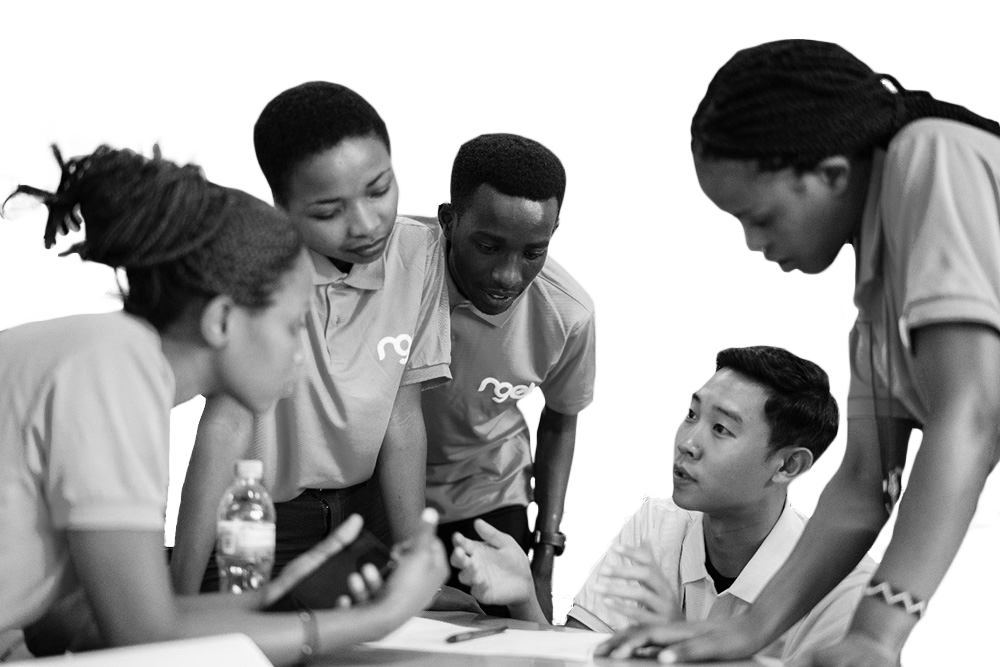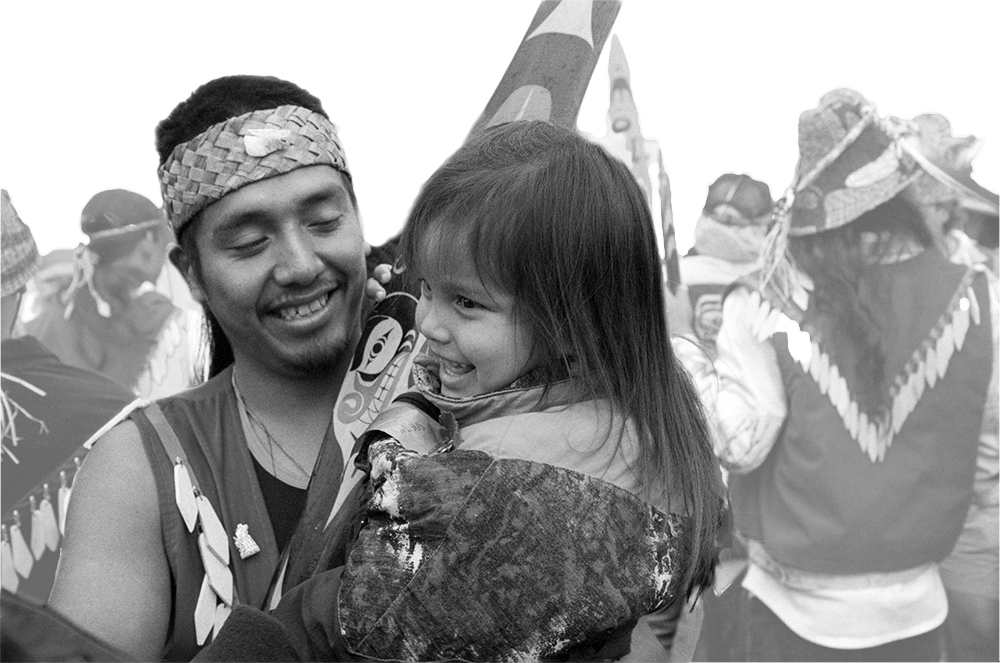Teach
Educators #FightRacism
Create an environment of acceptance and celebration
There are many ways to make classrooms and other learning environments a place of acceptance and celebration. Recognizing that interpersonal styles can be driven by culture, as well as personality, is key.
Cultural factors can influence some of our interpersonal responses, such as
- how much eye contact we find comfortable
- how receptive we are to group learning strategies
- our style of dramatic play or story-telling
For better understanding and greater acceptance, educators are encouraged to introduce as much cultural diversity as possible into the curriculum. If and when there is conflict, deal with it; do not dismiss it. Seize this as an opportunity to raise awareness and celebrate diversity. Introduce as much cultural diversity as possible into the curriculum.
On Race

Tips for educators
-
Awareness
Teach students how to recognize behaviour that may reinforce racism
See UNESCO's Master Class Series against Racism and Discriminations, a global "training for trainers" initiative. Using a human rights-based approach, the classes serve as dialogue spaces and peer learning forums among the participants, experts, resource persons, and invited personalities, to openly discuss the taboos that corrode the social and moral fiber in societies.
-
Curriculum
Include stories of:
-
Activities
Invite people of different races to speak about what they do as individuals and as members of community groups.
In-depth reading Vulnerable groups: people of African descent
On Minorities
Tips for educators
Define "Minority group"
Help students develop a definition of “Minority group.” Include both objective factors (such as the existence of a shared ethnicity, language or religion) and subjective factors (for example: individuals must identify themselves as members of a minority).
Brainstorm with students to create a list of contemporary “minority groups,” starting with the local community. Don’t forget to include minorities based on class, ability, sexual identity and orientation and other non-racial factors.
Questions to keep in mind
- Are they always in a minority by numbers?
- In what ways do minorities usually differ from the majority or dominant population?
- Do these minority groups experience discrimination?
- In what ways?
- What are some circumstances that create minority groups in a population (e.g. indigenous peoples, immigrants, refugees, migrant workers)?
In-depth reading Vulnerable groups: minorities
UNESCO and OSCE launched the framework curricula for teacher trainers to address anti-Semitism in schools. See their policy guide for addressing anti-Semitism through education
On Cultural Identity/ Cultural Diversity

Tips for educators
Examine your own community and discuss
- Are there cultural minorities?
- Is their culture respected?
- Do they participate freely and publicly in their culture, or are they expected to do so only privately, or not at all?
- Does your school encourage respect for the culture of minority groups?
- Why is the right to cultural identity so important?
- Why is it important to preserve, develop and appreciate different cultures?
- Why do dominant groups often seek to impose their culture on minority groups?
Older students could eventually do case studies to find out about the size, location, history, culture, contemporary living conditions and key claims of specific minority groups.
Decade of Indigenous Languages (2022 – 2032)
As the world prepares to mark the upcoming Decade of Indigenous Languages, consider engaging students in examining Indigenous language users’ human rights, and encourage parrticipation in the global celebrations.
In-depth reading Vulnerable groups: indigenous peoples
